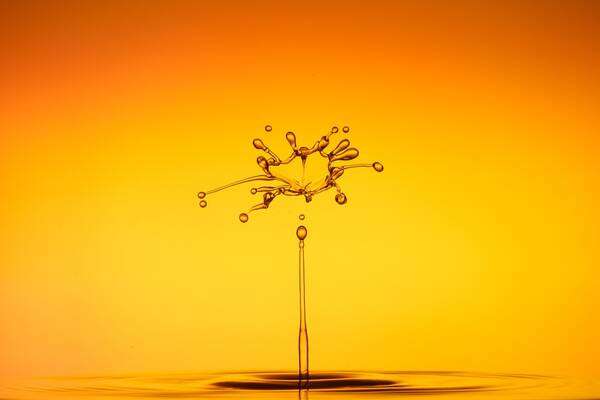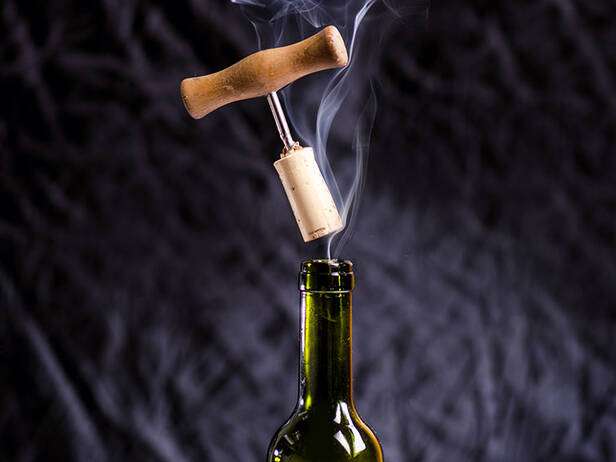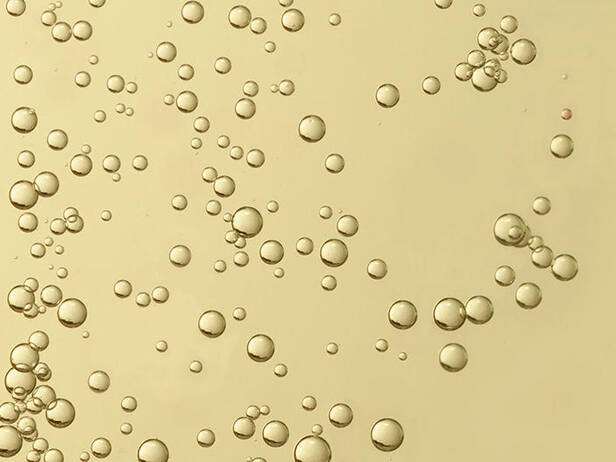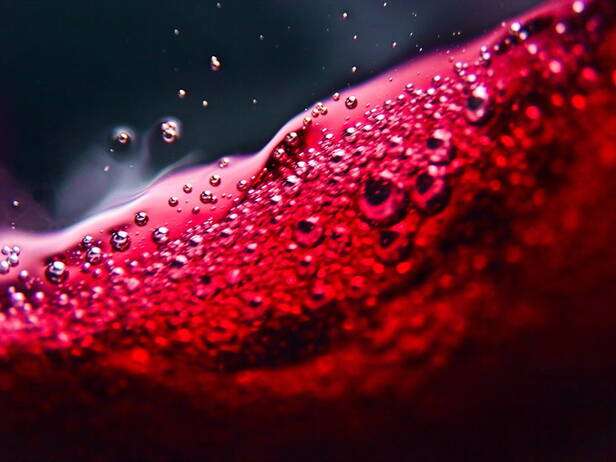
These days, with the level of knowledge that we accumulate of all those reactions in which O2 plays an important role, we are clear that the management of this element in the winery is essential to be successful in obtaining the target wine profile.
At controlled doses and at certain times, the effect of the O2 is positive, however, not performing proper control can cause alterations with the resulting loss in value of the product.
We have talked about the benefits of O2 in the different stages of winemaking in several posts:
In this post we will focus on the control mechanisms to avoid its negative effects in some standard vineyard operations such as: decanting, filtrations, stabilization and bottling. Or, in other words, the involuntary additions of oxygen, which may cause a significant deviation from the organoleptic profile of the wine (color change, oxydation notes, bitterness, development of microorganisms, etc).
William Thomson Kelvin said, among other things, that what can’t be measured can’t be improved. In order to correctly manage the O2, the measurement tool is the oximeter, which will allow us to establish the critical points in our work system.
Every time we move the wine (clarifications, racking, filtration, product addition, etc) we inevitably add some dissolved oxygen (O2d) in an amount that will vary according to the type of pump, working flow, pipe diameter, type of filtration, homogenization medium, etc. In such a way that we can find increases from 1 or 2 mg/l of O2d in normal conditions to the saturation point in extreme cases. In the case of cold tartaric stabilization, the mean values are still higher due to the increase in solubility of the oxygen as the temperature decreases. However, no two wineries are the same, and no two operators are the same, hence the importance of measuring the levels in each case.
To limit the negative effects of oxygen there are three preventive and one curative method:
- Preventive design, that is to say define the work elements (diameter of pipes, type of pump and flow rate, and distances between tanks) taking into account that the objective in racking is to work in a laminar regime. AZ3 Calculator - Flow speed.
- Preventive operations, such as inerting the destination and origin tanks before transferring, purging the air from the ducts and lungs, using the shortest possible pipes and minimizing elbows.
- Measurement of contributions throughout basic operations, to identify and correct critical points.
- Deoxygenate by injection of inert gas through a cliqueur (nitrogen or nitrogen/carbonic) to eliminate accumulated oxygen. AZ3 calculator. AZ3 calculator – Deoxygenation.
Once we have controlled all the operations that may increase the level of O2d, we need to manage what we could consider the most delicate point in the process in terms of managing the oxygen mentioned, bottling. And, at this point, there is no possibility of applying corrective measures once the product is packaged.
We are not going to enter into the amount of oxygen that a wine consumes once bottled or the permeability to O2 that our closure must have, because they depend on multiple variables and this requires a separate post. However, we must bear in mind that 1 mg/L of O2d in a white or rosé wine will cause the loss by oxidation of 4 to 5 mg/l of free sulfur. Therefore, the recommendation is to reach bottling at levels of 0.2-0.5 mg/L of O2 d and that, in addition, the oxygen supplied during this operation does not exceed 0.5 mg/L.
Apart from technical issues, another important aspect to consider is the fact that more and more markets require certain levels of O2 and CO2 in wines. Today it is possible to precisely manage these levels with systems that continuously regulate gases in the bottling phase (CO2 Membran System ), being able not only to decarbonify or deoxygenate the wines, but also to allow the injection of CO2 up to levels of 12 g/L.
AZ3 began its journey 19 years ago as pioneers of microoxygenation. Today, after accumulating a lot of experience and knowledge, we close the oxygen management cycle. For us, oxygen is a friend.
Related news
Reductions during the alcoholic fermentation
Who has not experienced reductions during alcoholic fermentation, with the consequent loss of aromatic quality, and its corresponding economic loss?
Oxygenation of musts and enhancement of white wines
Faced with the increase in premature oxidation phenomena in white wines, and the limitations of the two classic ways of treating musts (hyper-oxygenation and hyper-protection), Vivelys has developed an alternative solution that consists of providing the must with an amount of oxygen according to your needs.
Micro oxygenation: respiration of the wine
In a previous post, we discussed the benefits of the micro oxygenation technique. In this post we’ll discuss the essential principles and its limiting factors.


